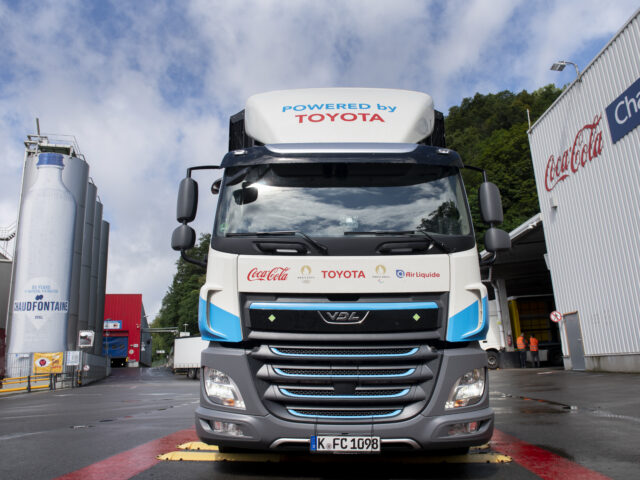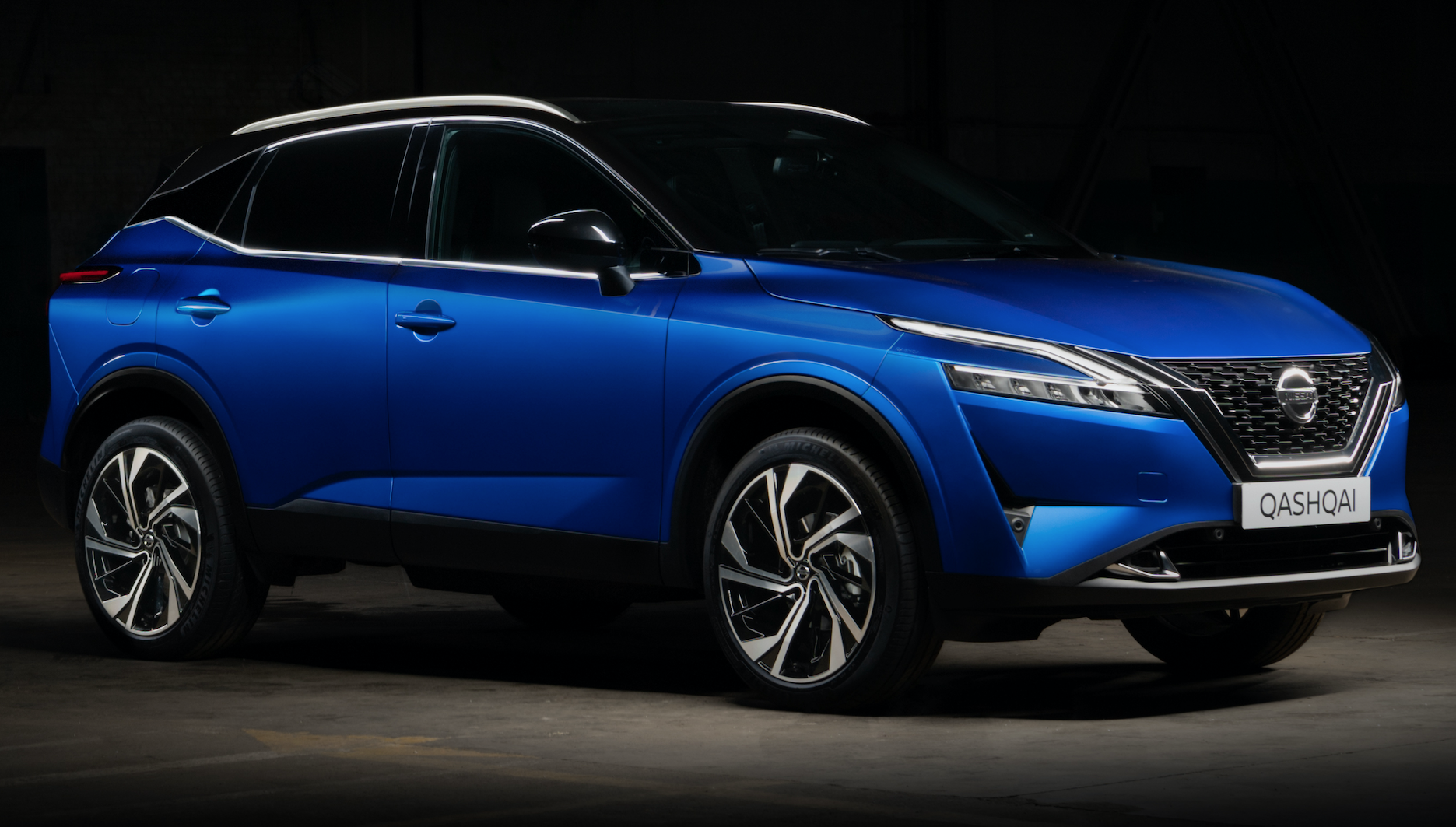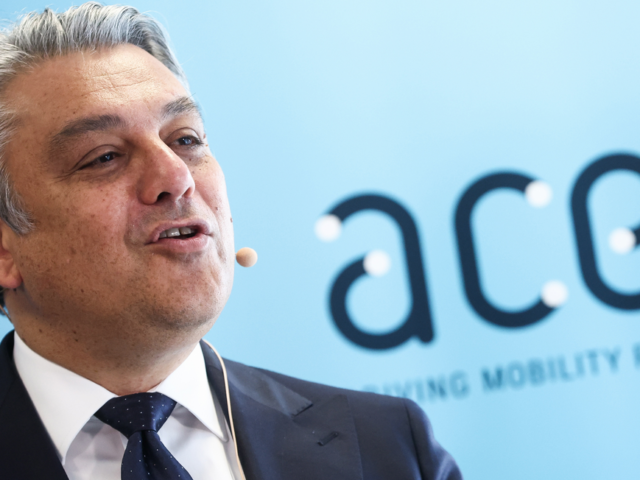
New Nissan Qashqai with innovative hybrid technology

The new Qashqai looks bigger than its predecessor and from 2022 onward will be fitted with a very interesting hybrid drive technology /Nissan
Nissan today presents its third-generation Qashqai. This model is important: it consolidates the manufacturer's commitment to stay on the Eu


Comments
Ready to join the conversation?
You must be an active subscriber to leave a comment.
Subscribe Today